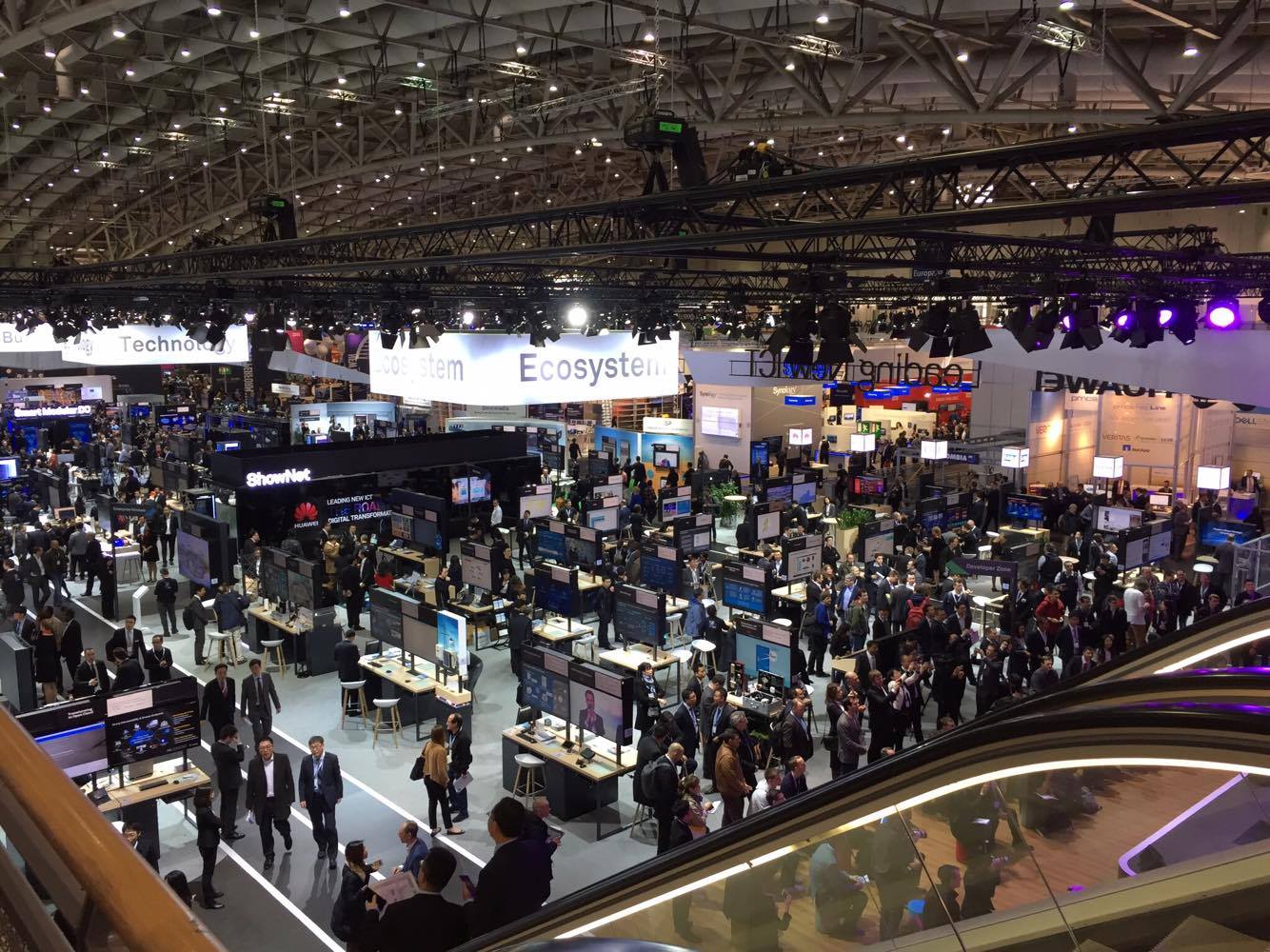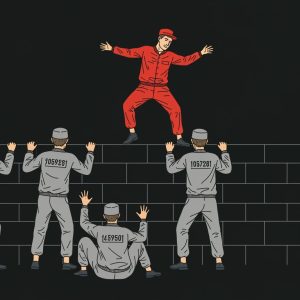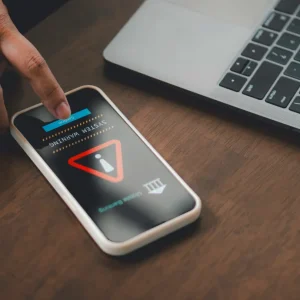
With 3,000 exhibitors, 2,000 conferences, and 200,000 attendees, it’s pretty easy to miss something at CeBIT. The expo is currently the world’s largest and most internationally represented, considered by many to be the barometer for state of the art tech, and current industry trends.
Many of the technologies on display will go on to shape the future of how business is done. CBR is attending the expo in Hannover this week, so here is a look at a few of the best technologies from the biggest themes at CeBIT 2017.
AI

One of the biggest talking points in the tech industry is AI, and it’s in no short supply at CeBIT with intelligent machines set to be one of the main driving forces in the coming years. The ability to create a more efficient management system whilst minimising human cost and error is something of an ideal for businesses currently, especially given the increasing amount of data that is being dealt with.
AI goes far beyond file management however; the intelligent systems can be used for a number of applications including smart city management, smart building management, and even customer service roles. Accenture have even gone in so far as to say that AI will become similar to a company spokesperson in how they represent a brand over the coming years.
One of the more interesting demonstrations at this years expo was from Fujitsu which saw a small hub in the style of Alexa or Google Home but with a more pronounced physical presence. The smart machine is aimed to provide a customer service role and is a fully voiced small robot that can be positioned in various poses, giving it a much more personable feel than the disembodied voice of current digital assistants.
Drones

Another big area of technology at Cebit this year is unmanned vehicles, such as drones. Drones have seen rapid growth both commercially and in enterprise markets in recent years, as the technology’s remote piloting represents a host of new benefits.
This years CeBIT showed off the potential of the current state of drone technology in a large outdoor park, overseen by Intel, which was even attended by German Chancellor Angela Merkel and Japanese Prime Minister Shinzo Abe. CeBIT promised to “connect like-minded and innovative people, who want to shape the use of unmanned systems across all sectors and industries” and it did not disappoint.
One of the more impressive models on offer at CeBIT was Chinese Manufacturer Yuneec’s ‘Typhoon H’ model which is capable of recognising obstacles and avoid collisions independently. The model is also different from standard drones as it utilises a keyboard and mouse for control instead of a controller. The flying robot is capable of operating within a 30 mile radius for up to 60 minutes.
IoT

One of the biggest buzzwords floating around the expo this year was IoT, which at this point encompasses virtually anything capable of connecting to the internet. The range of technological applications on offer at CeBIT ranged from connected robots, to smart city management, to intelligent dust bins, really.
IoT was also the focus of several conferences this year, including the IoT summit discussing the platforms and applications within the IoT space, as well as designing and securing the infrastructure, something that has become a very real concern over the last several years.
One of the more impressive applications this year was Huawei’s smart city operations centre. The in depth system gave an overview of an entire city showing heat maps of which streets were the busiest and where emergency services and public transport vehicles were geographically. The idea is that this information will lead to shorter response times and more efficient public transport, among other things.
Virtual Reality

Virtual Reality technologies enjoyed a huge presence at CeBIT 2017, with half of one of the expo’s 17 halls dedicated entirely to VR. The recent push in gaming has seen high quality devices such as the Vive and PSVR adopted by mainstream audiences and make it’s way into millions of homes.
Now that VR is an accepted form of technology, it makes sense that the enterprise would look to find a way to capitalise on this new audience familiarity. This years expo saw 170 speakers, events and products that all utilised the technology.
One of the more practical applications came in the form of VR Event Planner from company Framefield. VR Event Planner allows users to collaboratively plan events and manage the space in virtual reality, the user can place, modify and configure objects in space. The budget remains in focus during the complete process.
5G
 Connected technology is rapidly approaching 5G, and the new data trafficking technology is expected to become available to consumers sometime in the next few years. 5G is also expected to radically increase the amount of data we consume due to its higher speed and lower latency.
Connected technology is rapidly approaching 5G, and the new data trafficking technology is expected to become available to consumers sometime in the next few years. 5G is also expected to radically increase the amount of data we consume due to its higher speed and lower latency.
CeBIT showcased numerous possible applications for the hyperconnected technology, which Qualcomm estimates will be generating $12 trillion by 2035, including a VR demonstrating from Vodafone which accurately illustrated how 5G technology will quickly and effectively connect vehicles.
5G itself was not necessarily at the forefront of the exhibition, but it was very much shadowing almost every showcase. Much of the exhibitions in Hanover this year relied on communicating massive amounts of data through high powered connections that will become more readily available under 5G. Whilst it didn’t have a commanding presence, it was impossible to ignore its impact.







